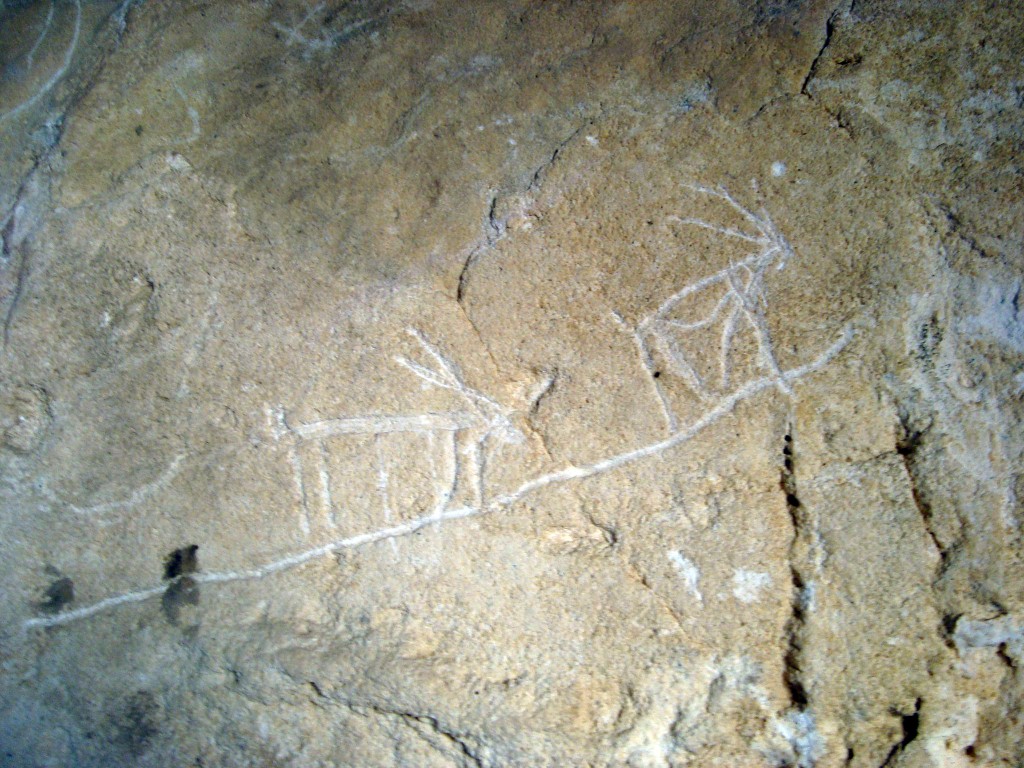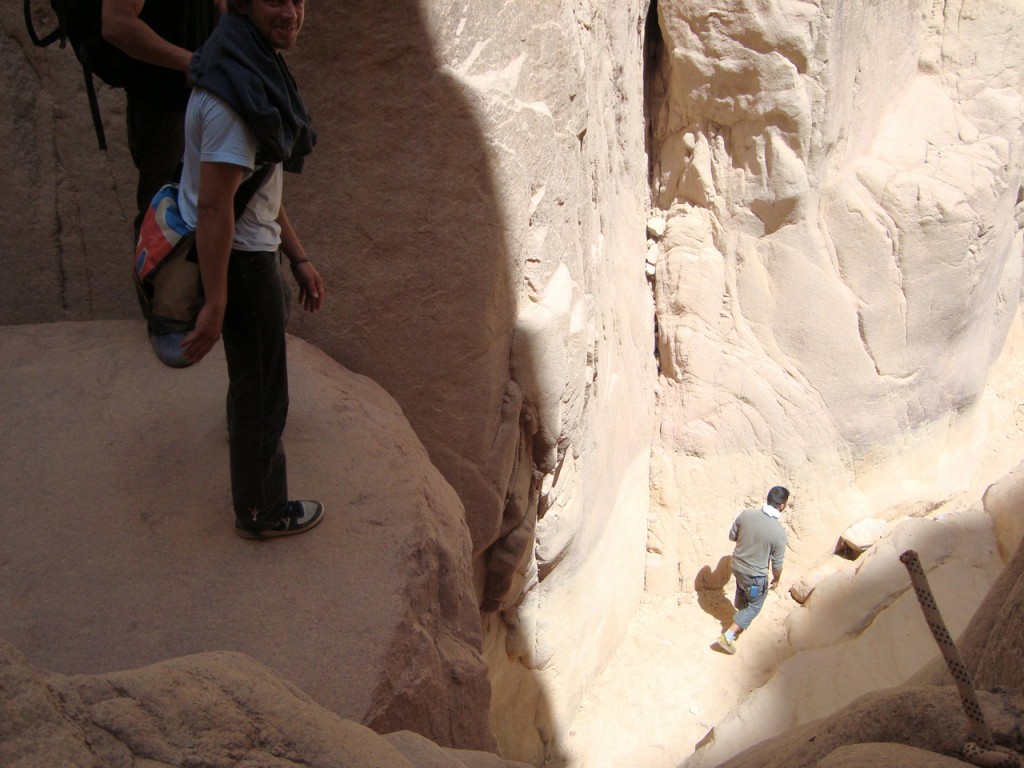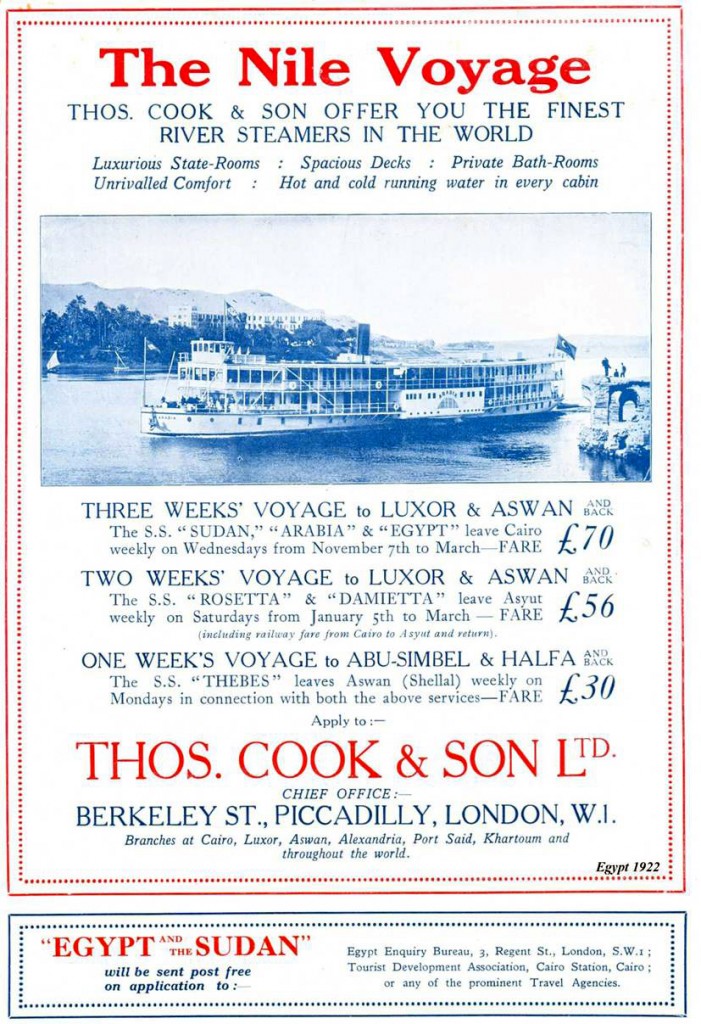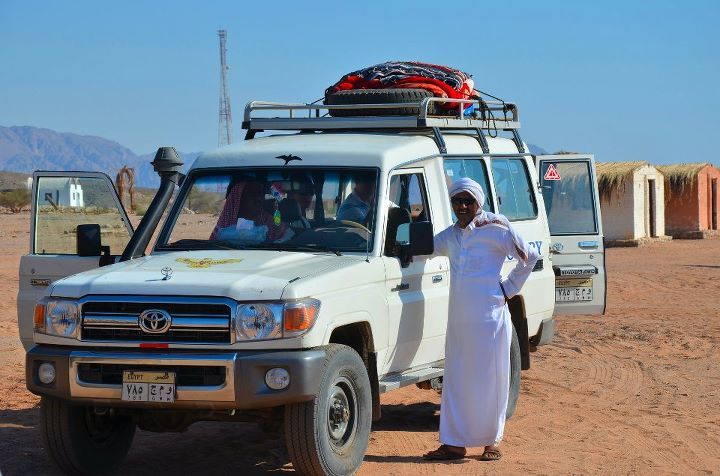By Islam El Shazly
Since the Napoleon’s ill-fated campaign against Egypt in the late 18th century and the world became enthralled with everything Pharaonic. Especially Europeans and Americans, they came by the boat load to see the tombs, temples, and palaces that were long forgotten or half-covered in sand, they came, saw, and recorded what they saw in vivid illustrations; the only record of what a lot of these ancient monuments looked like. Since then many of these monuments became lost again under the waters of Lake Nasser, or just simply collapsed for neglect.
Thomas Cook – the founder of modern tourism – reinvented the Nile Cruise experience and reintroduced it to the world; effectively pioneering mass package tourism as we know it today.
But what about the rest of Egypt; what about the deserts, the mountains, and the oases? Surely someone paid attention to them. Not really.
How about the two seas bordering Egypt, the Mediterranean and the Red Sea? The North Coast has been mostly reduced to holiday resorts aimed at the local market that only open during the summer months, while the Red Sea has been almost exclusive to foreign tourism for over a quarter of a century. There’s diving and sport fishing, but not everyone is into diving or have the patience or can afford fishing trips.
Eco or nature tourism has been largely ignored by consecutive governments for one reason: not enough money in them; at least in their limited vision. So they poured money into certain locations in Egypt and disregarded the rest because it wasn’t lucrative enough for them, it’s not a secret how corrupted most of the governments of Egypt were in the last 60 years.

One can find many ancient wall paintings and inscriptions, such as this one we found recently, scattered around Sinai. School of the Desert.
That’s all changing now, Alhamdulillah, Eco-tourism and nature tourism are starting to pick up, mainly due to the efforts of some small groups of independent travel operators and NGOs, some have been operating for a long time, and some just venturing in, but they are picking up speed. Their secret is the diversity and creativity of what they are offering.
One such group is aptly called “School of the Desert”. I stumbled on them while having a cup of tea at Cilantro in Tahrir while waiting for some papers to be finished processing in the ever-crowded Mojama’ Al-Tahrir. The article was in a little magazine published by the coffee shop, and it detailed what this little outfit of mainly two people did. They teach you how to survive in the desert and mountains of South Sinai, and the teacher is a Bedouin of the Tarabin tribe in Nuweiba.
School of the Desert operates their own Ecolodge in Nuweiba, Kum Kum 3, and they are also expanding into Siwa in the Western Desert in collaboration with Taziry Ecolodge.
The following is a brief description of what they do from their own Facebook page:
“This is not only a safari, nor is it only survival training. We will teach you to think and act like a Bedouin, by immersing you in Bedouin life and activities over several 3-4 day trips in the Sinai mountains (longer or shorter trips can be arranged). Bedouins do not just survive; they have learned to become a part the natural desert environment, just as you have learned to become a part of the city or town you live in. For a Bedouin, the valleys are highways, the mountains are skyscrapers and the wild plants, animals & fresh water wells are their supermarkets.
El Mi’allim Asheesh, our team leader and a respected member of the Tarabin tribe in Sinai, came up with an idea many years ago. He dreamed of being able to transfer his and his fellow Bedouins’ passion and knowledge of the desert to others who did not have the chance to take part in this side of Bedouin life. With the help of Amr Bassiouny and several others who have the same passion and experience with the Sinai desert and its people, we are now making this dream a reality through the School of the Desert.
Though three or four days are not nearly enough time to learn everything about survival in the desert of Sinai, a little bit a time over several trips should do the trick. Each trip will be tailored around your interests and expertise.
Here are some of the essentials you should expect to learn on any given excursion:
- Basics and Essentials (what to bring for a trip, where to sleep, how to make a fire, where to get food and water from, etc)
- Plants and animals (medicinal and edible plants, sightseeing, how to deal with dangerous animals, etc)
- Culture and desert etiquette (what not to do, rules while driving or camping near Bedouin camps, what to do if approached by Bedouins, etc)
- Navigation (how to find your way using the stars, sun and moon)
- Off-road driving (driving for different terrain and recovery techniques)
- Cooking and food (fire-cooking, coal-cooking, Bedouin food)
- Bedouin tribes and history
- Bedouin arts (instruments, poetry, etc)
- Historical sites (caves, old settlements, etc)”

Sometimes, you need to be a little creative when trekking the desert. Getting from A to B isn't always straightforward. School of the Desert.
These types of activities are readily available in Europe, North America, and places like Japan, where people are encouraged to love the outdoors and spend more time outside and not glued to a TV screen or a computer, they are not only promoted for the tourists who bring in foreign currency, but also to the locals who should learn more about where they live in order to be able to understand their environment, protect it, care for it and pass it on to the next generations.
So are you ready to pack up and get out of your comfort zone?
For more information:
School of the Desert official Facebook page.
@AmrBassiouny – Founder – Twitter account.
Egypt Today’s Travel Special: Visiting Sinai like a Bedouin
Tags: Bedouin, Desert, Eco-Tourism, Egypt, Featured, Nile Cruise, Nuweiba, Sinai, Survival, Tarabin, Thomas Cook









